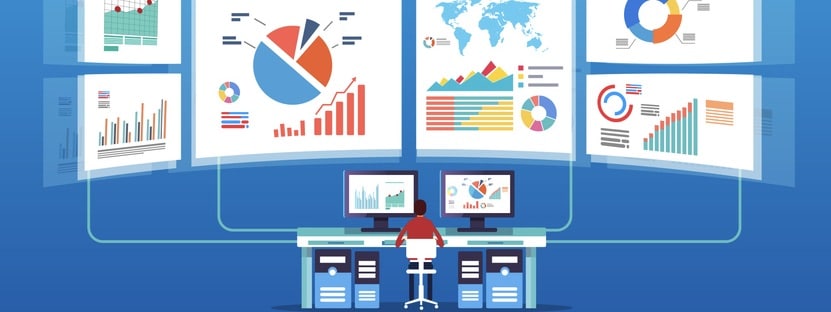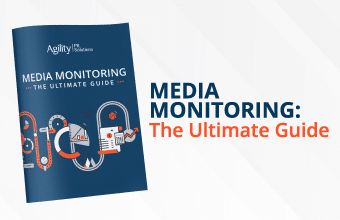Ever find yourself securing brilliant pieces of coverage, only to hit a dead end when it comes to figuring out the impact they actually have?
We get it. It’s not always easy to quantify the results of your hard work in tangible ways. You might find yourself asking: how do we know if our social campaign resonated with our audience? Did that press release actually generate any buzz? A quick search won’t tell you much—without clear metrics and tools, it’s tricky to figure out.
That’s where PR clippings come in.
This complete guide will cover what they are, and why they can be so valuable. Plus, we’ll give you the inside scoop on how to carry out PR clippings to stay ahead of the curve. Let’s get started.
So first up let’s talk about what is meant by PR clippings
Also referred to as “‘press clippings” and “media clippings,” the method acts as a personal PR tracker, helping businesses and communications agencies keep tabs on how often a company gets a shout-out in the media—print, broadcast, news sites, social media, even podcasts.
These clippings help you evaluate your company or your client’s company’s offline and online presence.
Let’s say you’re representing an international call center company and spearheading the PR and marketing campaigns for their new voicemail detection product. As part of your role, you’re knee-deep in the process of PR clipping.
During your work, your monitoring tools spot a negative review in a respected industry publication. It talks about your client’s customer service, and this not-so-great mention becomes part of your PR clippings, giving you insight into how the product is being perceived. With this, your marketing team can now work on some strategies to address the contact center challenges and continue shaping the narrative around the company and building its reputation.
Benefits of PR clipping
Now that you’ve got a decent understanding of what PR clippings are, let’s talk about what benefits they bring.
It helps you stay in the know
The method of PR clipping can be an absolute lifesaver for busy PR professionals. Instead of chasing down scattered bits of coverage, you can collect data from all corners of the web, print, and broadcast media and neatly present it in one place.
According to recent research, around 47 percent of PR professionals spend about a quarter of their time on measurement and reporting. So, with PR clipping services, you can effortlessly keep tabs on media coverage, social media mentions, and online reviews, saving you heaps of time and effort. And if anything negative pops up about your brand, you can nip it in the bud, keeping your reputation squeaky clean.
It measures how effective your marketing and PR is
Suppose your client has just gone through a major rebrand. You’ve put in countless hours crafting the perfect messaging, designing eye-catching logos and images, and planning a seamless rollout. Now, your clients are eager to see if all that hard work paid off. That’s where PR clipping steps in.
By meticulously tracking media both negative and positive news coverage surrounding the rebrand, PR clipping provides invaluable insights into its effectiveness. Are industry publications picking up the story? Have you got the attention of any nationals? Are influencers sharing it with their followers? The quality and quantity of media attention serve as indicators of success, crucial for KPI reporting and guiding your future PR and marketing decisions and strategies.
It gets you inside the mind of your audience
Keeping an eye on Google News is all well and good, but it only highlights certain online publications. What if you want to know the response beyond that? Well, with PR clipping, you’re practically getting a VIP pass to the conversation. It’s like peeking into the minds of your audience and understanding exactly how they perceive your brand.
By keeping a close eye on all those mentions, you can pick up on trends and patterns in consumer sentiment over time. And if you notice that the chatter isn’t quite aligning with your brand image, you’ve got the insights you need to adjust your marketing strategies and steer the conversation back on track.
It helps maintain your client’s brand reputation
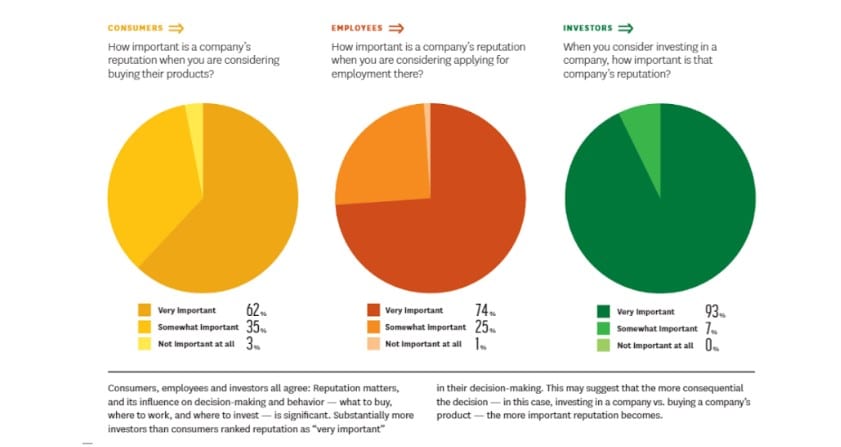
As a PR pro, you know firsthand how important reputation management is. After all, one of your main roles is to build and safeguard that reputation. According to the USC Annenberg Global Communications Report, 62 percent of customers said that a company’s reputation was very important when considering buying their products, 74 percent of employees said the same for applying for a role there, and a massive 93 percent of investors said that it was very important when considering investing.
Now, if you’re tracking PR clippings on a real-time basis, you’ll be able to ensure that reputation remains positive. How, you ask? By responding promptly to discussions, queries, or reviews. This not only shows that you care about your customers, employees, or investors but also builds trust and loyalty.
How to make PR clipping work for you
So, you’re sold on the benefits of PR clippings, but how do you actually go about it? Here are some simple steps to get you started.
Step 1: Choose a media monitoring service
First things first, you need a service to do your media monitoring. While you could try to keep an eye on it manually with tools like Google Alerts, it’s much simpler to let technology do it for you! For example, Agility’s platform allows you to stay on top of your coverage, ensuring you always know what’s being said about you and by who. With features like coverage alerts and executive-ready media briefings, you’ll be the first to know about breaking stories or potential crises.
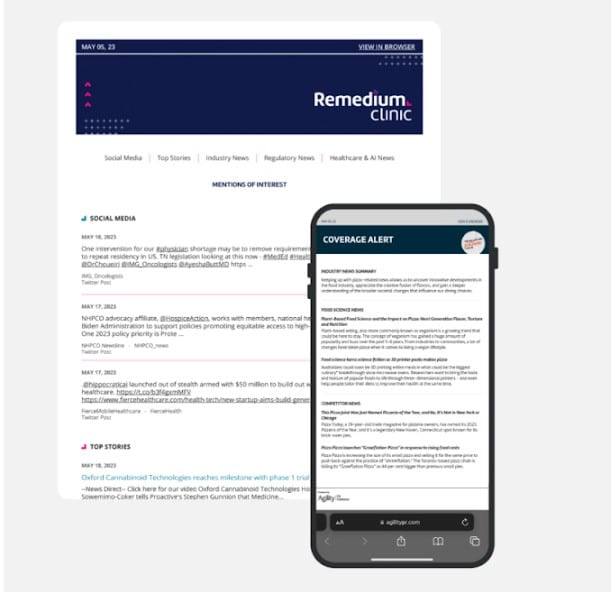
Step 2: Create a tailored query
Now that you’ve chosen a media monitoring service, it’s time to create a query that fits your needs. Think about what you want to keep an eye on—it could be anything from a person or brand, to a competitor or keyword.
Here are some examples that plenty of PR agencies are already putting to good use:
- Track mentions of your brand name (or client’s brand name) across all major news outlets and social media platforms.
- Keep an eye on your competitors’ activities, including product launches, PR campaigns, and any mentions in the media.
- Monitor relevant keywords and trends to stay ahead of the curve and identify potential opportunities for your brand.
- Track specific events or campaigns to work out their impact and effectiveness in the media.
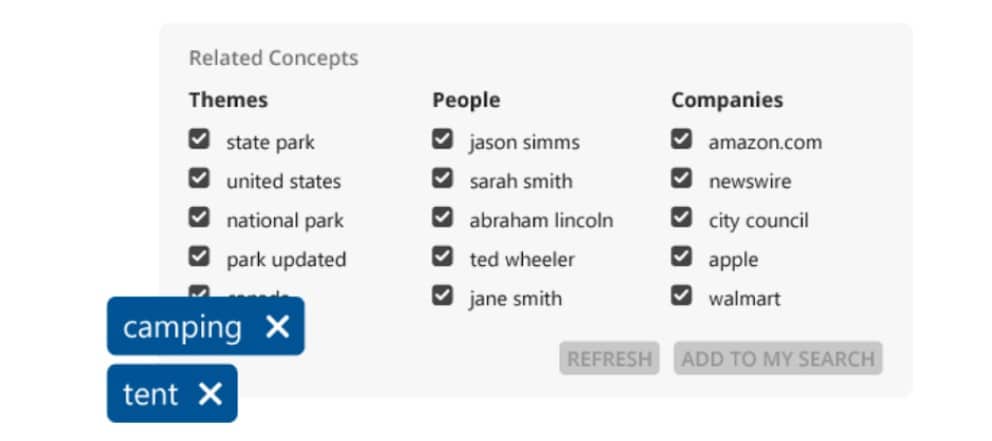
Step 3: Collect and analyze your PR clippings
You’ve got your query and alerts all set up, great! Now it’s time to roll up your sleeves and analyze those PR clippings. AI solutions like sentiment analysis make this easier, using NLP to spot particular types of response.
Suppose you work at a PR agency that works with luxury beauty and skincare brands. As you sift through the results of your clipping tool, be on the lookout for trends like glowing reviews of your client’s latest serum. Pay attention to patterns such as increased mentions around specific product launches or recurring themes in customer feedback.
Additionally, keep an eye out for any potential red flags, such as mentions of allergic reactions or emerging issues within the industry. Identifying these patterns and potential challenges early on will allow you to adjust your PR approach accordingly and proactively address any issues that may arise.
Step 4: Build a report
It’s time to compile all of the learnings and trends you’ve got from your analysis into a winning report that you can share with higher-ups, clients, potential investors, or anyone else who is keen to know how brilliantly you can generate coverage.
Remember to choose the key insights and findings that are most relevant to your objectives and audience. You could be showcasing how many pieces of positive coverage you achieved for your client, or highlighted how you addressed any negative sentiments.
Visual aids like charts, graphs, and infographics are a great way to make the data easily digestible and engaging. Plus, don’t forget to include actionable recommendations for next steps based on your analysis.
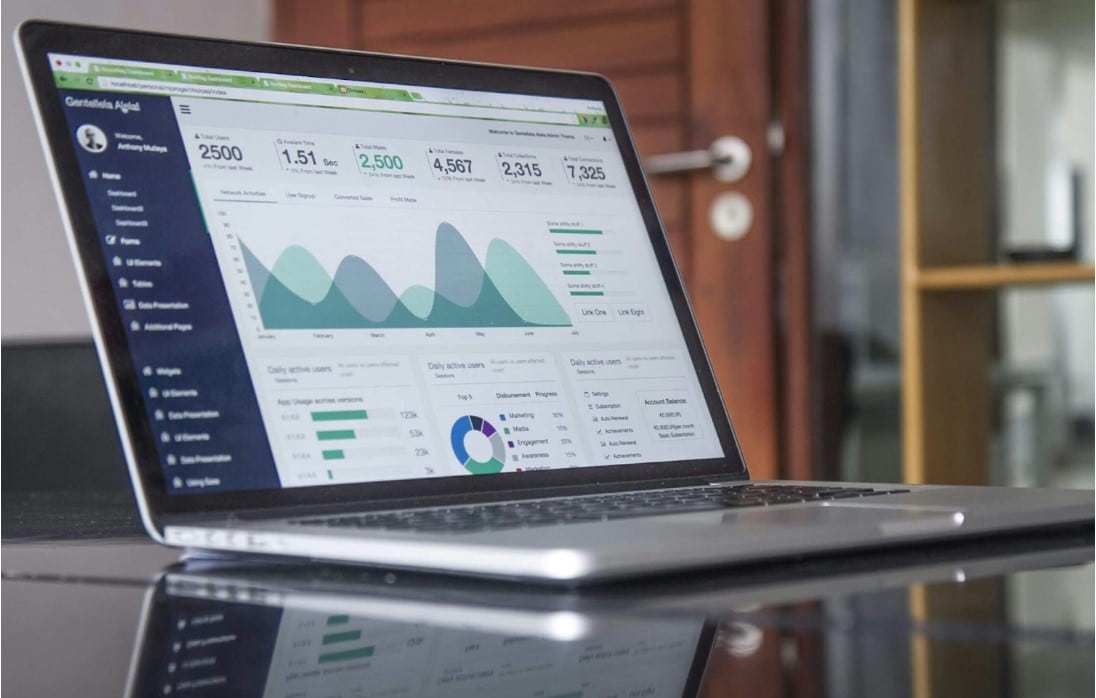
Step 5: Save the best ones
While the real benefits of PR clipping are in the insights you can gain, there’s a handy bonus: all these clippings make for great content! Having a dedicated web page to highlight your best reviews and online mentions is an easy way to build trust in your brand.
This applies to both PR firms and their clients—PR pros get to show off how well their previous marketing efforts went, while brands get to highlight just how popular their products are.
Final thoughts
There you go—that’s what you need to get started with PR clipping. Remember, it’s not just about gathering media mentions. It’s about gleaning those golden insights, measuring effectiveness, and polishing up your brand’s reputation. By staying in the loop with your coverage, you can quickly jump on any discussions, queries, or reviews, showing your dedication to your audience and building up that trust and loyalty.
Whether you’re a seasoned PR guru or just dipping your toe into the media monitoring pool, these easy steps can help you tap into the magic of PR clipping to supercharge your PR strategy. Happy clipping!

